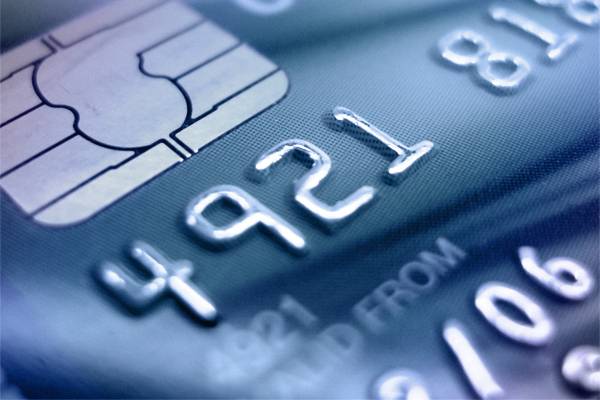By Brian Scott, The Members Group (TMG)
It’s no longer a question of if EMV is coming to the U.S.; it’s a question of when will all issuers and acquirers be fully functional. Even though it will be some time before the U.S. can fully realize the fraud-prevention benefits of EMV, credit unions must begin to prepare now for successful EMV integration in the future.
EMV Deadlines You Need to Know
EMV is coming soon to a retailer near you. Some major retailers have already begun upgrading their terminals for chip acceptance.
That’s because merchants who wish to reduce their security compliance burden will need to deploy dual interface POS technology to support contact and NFC chip transactions. As of October of this year, a Visa merchant that logs 75 percent of all transactions on these terminals may no longer have to validate compliance with the PCI Data Security Standard.
Similarly, U.S. processers are preparing to support merchant acceptance of chip transactions, as both Visa and MasterCard are requiring processor support by the spring of 2013.
By October 2015, Visa and MasterCard will shift the liability to the party (issuer or merchant) with the least secure method of processing transactions. For the purposes of this deadline, both networks deem chip technology to be the most secure transaction method available.
Planning for the Future
While we understand a few of the important deadlines, we don’t know yet how the various entities in the payments ecosystem will respond to those deadlines – or more importantly, how consumers will respond. So, how should credit unions plan for their eventual migration to chip technology?
By the end of this year, every credit union should have completed an evaluation of EMV and made a determination whether chip cards are a good strategy for the growth of their portfolios. From there, card managers need to develop a strategic plan, including what steps will be taken and on what kind of a timeline (keeping the October 2015 liability shift deadline in mind).
Budget, of course, must be a part of every credit union’s EMV strategic plan. Credit unions may find it easier to budget EMV more as a marketing expense – thinking of chip technology as an upgrade to the card portfolio (much like rewards, customizable photo cards or Platinum cards a few years back).
Also, researching EMV partners should be part of the EMV strategic plan. Credit unions should look to sources of information beyond their card processor. Certainly the processor should be involved, yet the credit union needs to also understand the broader EMV-provider marketplace. The more EMV experts a credit union can speak with, the better they can fully understand the entire picture.
By researching options, examining current cardholder behavior and aligning EMV plans with what we know today, credit unions will be in a better position for successful integration in the future.







